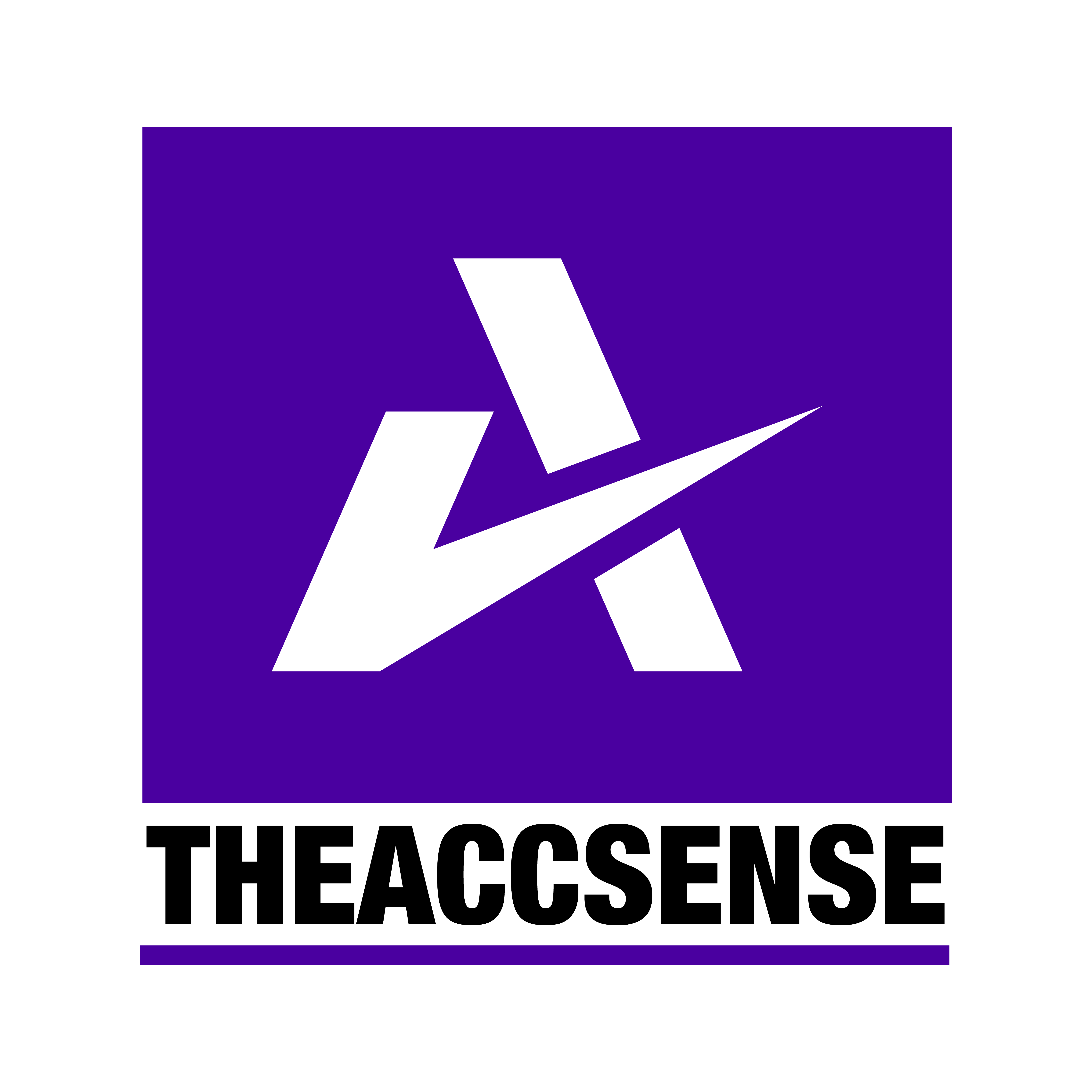For this round, we discuss a specific public sector accounting standard – MPSAS 21, which talks about the impairment of non-cash generating assets. This accounting standard is not available for entities in the private sector. This is because private sector entities hold assets to generate economic benefits. They are often associated with its ability to generate cash flows. This is in fact, an important standard in public sector literature due to the nature of the public sector entities. We have covered the nature of public sector entities in our previous article – Why there is a need for public sector accounting standards?
What is the definition of non-cash generating assets?
MPSAS 21 does not have a specific definition for non-cash generating assets. MPSAS 21 simply mentioned that non-cash generating assets are assets other than cash-generating assets. Accordingly, public sector entities will need to first identify what is a cash-generating asset. Entities apply MPSAS 26 Impairment for Cash-Generating Assets for asset which is not a non-cash generating.
A cash-generating asset is an asset held with the primary objective of generating a commercial return. This is no different from assets held by private sector entities. MPSAS 21 further states that “commercial return” indicates that an entity intends to:
- Generate positive cash inflows from the asset and
- Earn a commercial return that commensurate the risk of holding the asset.
Interestingly, assets held by public sector entities may generate cash flows and also for the non-cash generating purpose, i.e. to provide public service (service potential). In some cases, it is even difficult to determine whether an asset is cash generating or non-cash generating asset. Entities apply judgment in this area. Entities will need to develop criteria to ensure that they exercise the criteria consistently in classifying cash-generating and non-cash generating assets. The judgment also include assessing the significance of the cash flows relating to the assets.
MPSAS 21 further provides an assumption. An entity assumes that an asset held by a non-Government Business Entity (“GBE”) is a cash generating asset if it operates the asset with the objective of generating a commercial return through the provision of goods and/or services to external parties.
Not sure what is GBE? Head out to Overview of the Malaysian Public Sector Accounting Standards (“MPSAS”).
What is the indication of impairment for non-cash generating assets?
As the indication of impairment for cash-generating assets revolves around its ability to generate a commercial return, the indication of impairment for non-cash generating assets revolves around its ability to provide the service potential. For instance, the external sources of information which indicate an impairment for non-cash generating assets are:
- Cessation (or near cessation) of the demand or need for services provided by the asset;
- Significant long-term changes with an adverse effect on the entity have taken place (or will take place) in the technological, legal or government policy environment in which the entity operates.
While internal sources of information that indicate an impairment for non-cash generating assets are:
- Evidence of physical damage of the asset;
- Significant long-term changes with an adverse effect on the entity have taken place (or will take place), to the extent to which an asset is used or is expected to be used, including the asset becoming idle, plans to discontinue or restructure the operation to which the asset belongs.
- A decision to halt the construction of the asset before it is complete or in a usable condition; and
- Evidence that indicates that the service performance is or will be significantly worse than expected.
What happens when there is an indication of impairment for a non-cash generating asset?
When there is an indication of impairment for a non-cash generating asset, an entity determines the recoverable service amount of the asset. The recoverable service amount is the higher of an asset’s fair value less cost to sell and its value in use (“VIU”). This is the same concept for determining the recoverable amount for a cash-generating asset.
In addition, when there is an indication for impairment, an entity must review and adjust the remaining useful life, the depreciation method or the residual value of the asset. This is a must even if an entity does not recognise impairment loss for the asset.
How to determine the recoverable service amount for a non-cash generating asset?
As mentioned above , the recoverable service amount is the higher of the asset’s fair value less cost to sell and its VIU. The determination of fair value less cost to sell for a cash-generating asset and non-cash generating asset is the same. However, there is a significant difference in the determination of VIU for cash and non-cash generating assets.
VIU for cash-generating assets takes into consideration the ability of the asset to generate economic benefits often associated with its ability to generate cash flows. VIU for non-cash generating assets, on the other hand, rely significantly on the asset’s remaining service potential.
There are three approaches to determine the present value of the asset’s remaining service potential:
- depreciated replacement cost approach;
- restoration cost approach; and
- service unit approach.
They are explained further below:
1. Depreciated replacement cost approach
Under this approach, an entity determines the cost to replace the asset’s service potential. The cost is depreciated to reflect the asset in its used condition. This cost is determined on an optimised basis, not over designed or overcapacity basis. This then reflects the service potential required of the asset.
2. Restoration cost approach
Under this approach, an entity determines the cost of restoring the service potential of an asset to its pre-impaired level. The estimated restoration cost is subtracted from the current cost of replacing the remaining service potential of the asset before impairment.
3. Service unit approach
Under this approach, an entity determines the present value of the remaining service potential by reducing the current cost of the remaining service potential before impairment. This is to conform with the reduced number of service units expected from the asset in its impaired condition.
Based on the three approaches above, how does an entity select which approach to use? Is it a free-choice selection approach? The answer is a no. MPSAS 21 states that the choice of the most appropriate approach to measuring the VIU depends on the availability of data and the nature of the impairment.
Can an entity re-designate its assets and how does this impact its impairment?
MPSAS 21 allows an entity to re-designate its assets from non-cash generating to cash-generating and vice versa. But entities can only do this when there is clear evidence that such re-designation is appropriate.
MPSAS 21 further explains that re-designation of assets, by itself, does not necessarily trigger an impairment test or a reversal of impairment loss. Assessment for indication of impairment or a reversal of impairment loss is applicable after the asset re-designation.
Conclusion
We hope you will now appreciate why there is a need for this standard in the public sector and how it relates to the characteristics of the public sector entities. The full details of MPSAS 21 Impairment of Non-Cash-Generating Assets is available on the website of the Accountant General’s Department of Malaysia for your reference.
We will continue to discuss other Malaysia Public Sector Accounting Standards (“MPSAS”) in our upcoming articles. Meantime, please enjoy other articles in the Financial Accounting section.

